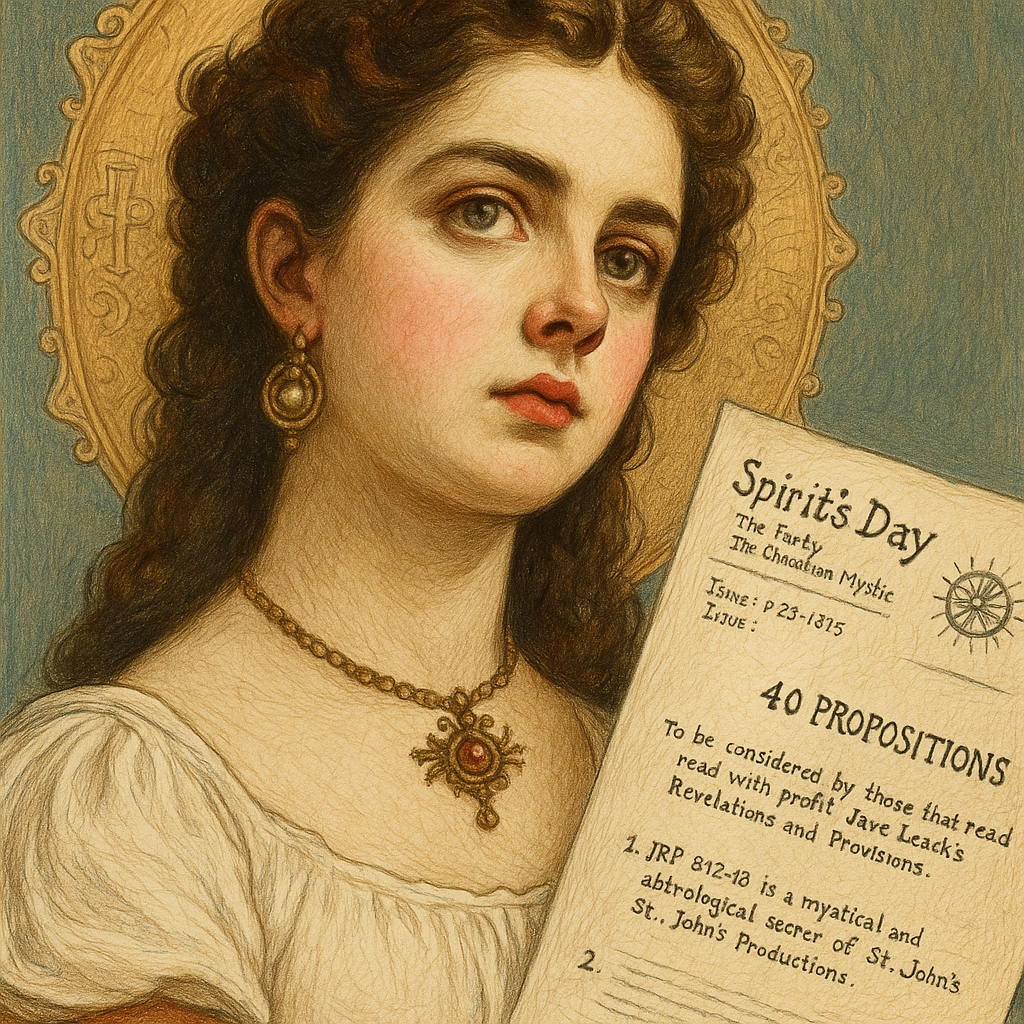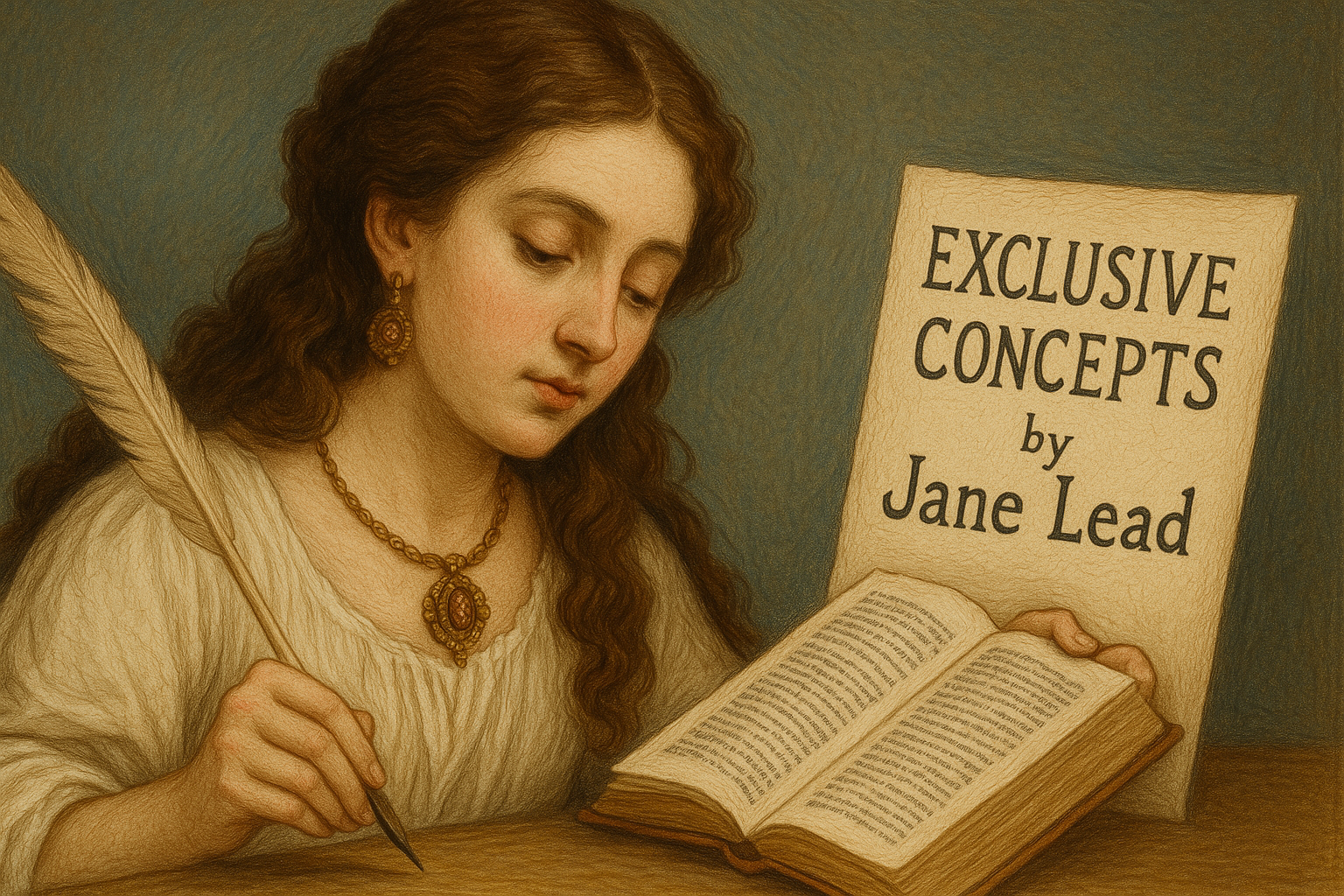https://img.pingcognito.com/post/58255/58255.mp3 Listen to the NotebookLM podcast discussing this article Here are up to 25 concepts that appear to be unique to Jane Lead’s writings, or at least are used in a distinctive way that sets her apart from other writers of her time: The Virgin Church: This is not merely…
Author: pingcognito

Exploring “The Revelation of Revelations” by Jane Lead
Exploring “The Revelation of Revelations” by Jane Lead available as a PDF by Diane Guerrero. https://img.pingcognito.com/post/61593/61593.mp3 Listen to the NotebookLM podcast discussing this article Companion GuideJane Lead: Exclusive Concepts The excerpts contain “40 PROPOSITIONS To be considered by them that would read with profit Jane Lead’s book of the Revelation…

How to Spot a Psyop Meant to Corrode Beauty (With EGI as Exhibit A)
Today, we look at one of the many popular unscientific and impractical disinformation psyops in social media, the idea that ALL Elites are gender inverted. Here’s how you spot a psyop designed to destroy your mind. 1. It Makes You Ashamed for Admiring Someone A beauty-based psyop always starts by…
April 18: Albert Einstein, James Woods and Chris D’Elia
On this day, we fly by Albert Einstein and discuss James Wood’s tie to the intelligence community. Then, as we pass by China Lake, we bump into Chris D’Elia. As usual, I only have unbelievable things for you Lords and Lafies of the Unbelievability. We delve into real people and…
Marie-Lynn and Quentin Explore Another World
American Soap Operas are a fantastic tool of disclosure. Let’s explore how one soap opera relates to the concept of multi-realm diplomacy.
